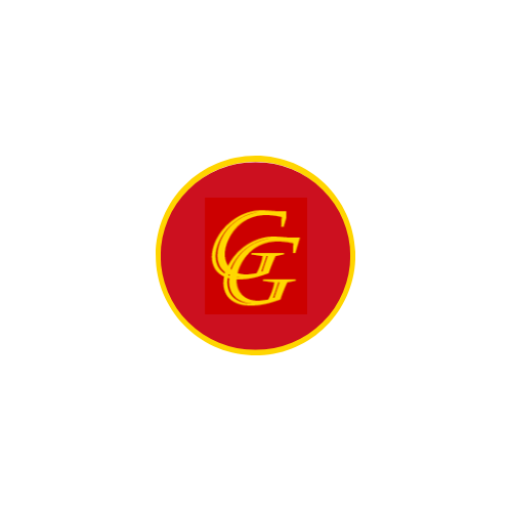
Good morning Leathernecks! Although I could not find a specific date, this is what happened during the month of June in the history of our beloved Corps:
In 1822, Marines assist in the capture of two pirate schooners, Shark and Grampus, in the West Indies.
In 1834, Congress passes “An Act for the Better Organization of the United States Marine Corps.”
The key provision states that Marines were under naval jurisdiction unless detached by the President for service with the Army.
In 1906, a Marine battalion embarks on the Dixie for service in the Caribbean.
In 1908, another Marine battalion, composed of 19 officers and 706 enlisted men arrives in Panama to reinforce the normal Marine Garrison during elections.
It remains until 6 July.
In 1911, the Marine Corps adds recruit training to the program at the Marine Officers School at Port Royal.
In 1916, the Marine detachments of the battleships Rhode Island (BB-17) and the New Jersey (BB-16) lead a naval battalion ashore at Puerto Plata, Santo Domingo.
In 1918, the 4th Marine Brigade forms the left sector of the division line near the village of Le Thiolet, in Belleau Wood.
In 1942, Marine Barracks, Londonderry is established in Northern Ireland to protect naval facilities.
In 1943, VMSB-131 and 232 are redesignated VMTB-131 and 232.
In 1972, Marine reserve units provide disaster relief following severe floods in Pennsylvania’s Wyoming Valley as a result of Hurricane Agnes.
In 1979, during June and July, members of the Marine Guard at Managua, Nicaragua, help evacuate 1,423 civilians during fighting in the city as Sandanista forces overthrow the Somoza dictatorship.
And on this the 1st day of June in the history of our beloved Corps:
In 1918, · The Marine officer looked at the Frenchman coldly and said, “Retreat, Hell! We just got here.”
That officer was Capt. Lloyd W. Williams, commanding the 51st Company, 2nd Battalion, 5th Marine Regiment.
Williams would die in Belleau Woods nine days later, blinded by gas and gutted by German shrapnel.
In 1943, in accordance with orders from President Roosevelt and Secretary of the Navy Knox, the Marine Corps begins recruiting African Americans.
The initial enlistees are Alfred Masters and George O. Thompson.
They are the first African Americans to join the Marine Corps since the Revolutionary War.
MAG-25 is organized at Camp Kearney.
The 10th Defense Battalion is established at San Diego.
The 4th Barrage Balloon Squadron is formed at Parris Island and soon deploys to Samoa.
In 1943, the 14th Marines (an artillery regiment) is activated at Camp Lejeune.
VMF-312 is formed at Parris Island.
VMSB-332 is organized at Cherry Point.
In 1944, VMF-472 is organized at El Centro.
In 1945, the Gilbert Islands and its Marine squadrons join the fleet off Okinawa.
VMO-7 begins operating on Okinawa.
The FMFPAC Supply Service is redesignated Service Command.
VMF-251 and 313 are decommissioned. VMSB-464 is redesignated VMTB-464.
In 1946, 1/3 is disbanded on Chichi Jima in the Bonin Islands.
The 1st Base Headquarters Battalion becomes Marine Barracks Guam.
In 1947, the 1st Marine Brigade is reactivated on Guam.
Its main elements are the 5th Marines and a supporting artillery battalion (1/11).
In 1948, the 21st Marines (a reinforced infantry battalion) sails from Morehead City as the relief on station for the 8th Marines.
The 21st will remain afloat until 2 October.
VMF-111 and VMSB-231 are reactivated as fighter squadrons in the Marine Corps Reserve.
In 1951, as part of an authorized build-up beyond its current two divisions, the Marine Corps establishes the 3rd Marine Brigade at Camp Pendleton.
It will be built around the 3rd Marines.
The Marine Corps begins to release mobilized reservists.
Nearly 2,200 officers and men are allowed to return to civilian life during the first month of the program.
In 1957, Marine Barracks Rota is established at the Spanish port.
In 1958, the 2nd Amphibious Reconnaissance Company at Camp Lejeune is redesignated the 2nd Force Reconnaissance Company.
In 1959, the Vietnamese Marine Corps increases to nearly 3,000 men when it adds a third landing battalion to its structure.
In 1962, 1/22 is reactivated at Camp Lejeune.
In 1964, during the period 1 June through 20 June, Company I, 3/6 participates in a NATO exercise dubbed Northern Express in Norway, 300 miles above the Arctic Circle.
In 1965, Skyhawks of VMA-225 and 311 land on the recently completed SATS field at Chu Lai, the first use of this concept in a combat theater.
They conduct airstrikes from their new base this same day.
In 1966, during the period 1 through 9 June, all Marine Corps forces participated in OPERATION BEAVER II, in the I Corps.
The 5th Marine Division headquarters and two battalions of the 27th Marines (infantry) are reactivated at Camp Pendleton, while the 1st Battalion, 27th Marines (1/27) is reestablished at Kaneohe Bay, Hawaii, as part of the 1st Marine Brigade.
In 1967, during the period 1 June through 2 July, the Marines participated in OPERATION CIMARRON, a continuation of OPERATION PRAIRIE IV in the Quang Tri Province.
In 1968, during the period 1 through 30 June, the 1st Battalion, 5th Marines and 2nd Battalion, 5th Marines participated in OPERATION HOUSTON, a search and destroy operation in the Thua Thien Province.
in an effort to burn away the island’s foliage in support of OPERATION ALLEN BROOK, nine C-130s drop 31,000 gallons of fuel in drums on Go Noi Island.
In 1971, Secretary of Defense Laird announces that the Marine Corps and Army would temporarily pay a $1500 bonus for a four-year enlistment in a ground combat specialty.
This is a test to aid in achieving the goal of an all-volunteer military.

Saepius Exertus, Semper Fidelis, Frater Infinitas!
Often Tested, Always Faithful, Brothers Forever!
-Richard W. Pettengill, Corporal USMC
And damn proud of it!
